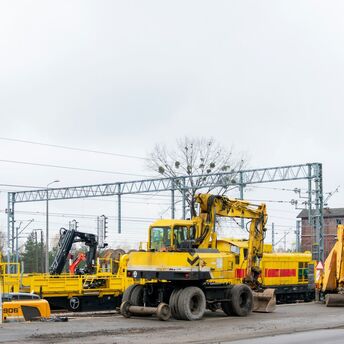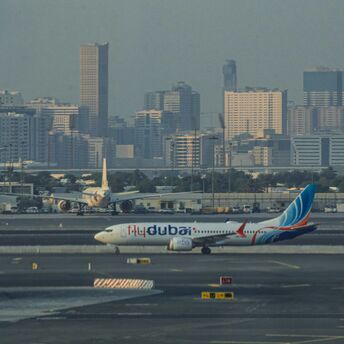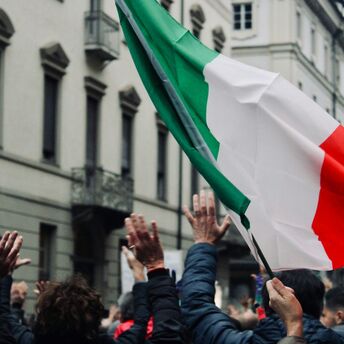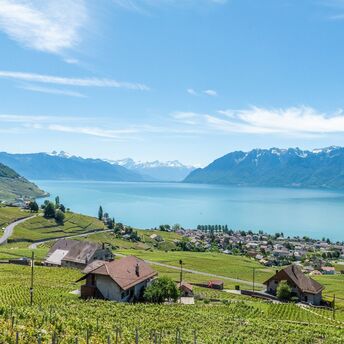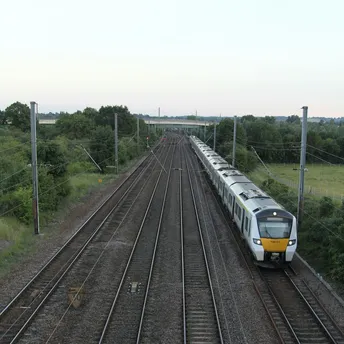European Food Halls Become Essential Travel Destinations

Over the past eight years, food halls have become a notable part of Europe’s urban travel infrastructure. Their number has more than doubled since 2016, with many now operating inside repurposed historic buildings including train stations, markets and industrial sites. These locations bring together various food vendors in a single space, creating multifunctional areas that mix dining with cultural and local elements.
Unlike traditional restaurants, food halls provide flexible access to meals and a wide variety of options suited to travellers’ changing needs. Typically casual in style, food halls serve customers all day and do not require advance reservations. Apart from food, these locations often include features like:
- A broad selection of regional and international cuisines available in one place
- Communal seating that accommodates individuals, families and groups
- Public programming such as exhibitions, workshops or culinary demonstrations
These features make food halls especially convenient for travellers who have little time or are not familiar with local dining traditions.

Several venues have become popular points of interest for travellers. Mercato Centrale Roma is located within Termini Station and offers quick access to Roman street food favourites such as supplì and trappizino. In Zurich, Im Viadukt operates beneath 19th century railway arches and includes options like Gyoza Yokocho and St Jakob Beck and Kafi. Markthalle Neun in Berlin’s Kreuzberg district provides a wide variety of food stands such as Wilde Wurst and Chao She, attracting both locals and international visitors.
Some food halls go beyond dining by offering programming that targets cultural engagement and social inclusion. Cambridge Street Collective in Sheffield organises cooking classes, language workshops and community initiatives that involve travellers and residents. Hietalahden Kauppahalli in Helsinki includes regular jazz evenings and serves a range of regional and international dishes including Filipino and Mediterranean options. Elektrownia Powiśle in Warsaw combines its food court with music events and locally owned retail outlets.

The continued expansion of food halls across Europe reflects a change in how travellers plan and experience city visits. These venues offer an efficient way to access local cuisine, connect with the surrounding culture and make use of time between attractions or transport connections. Food halls are increasingly playing a key role in urban tourism, offering travelers convenient and culturally engaging places to include in their city visits.



